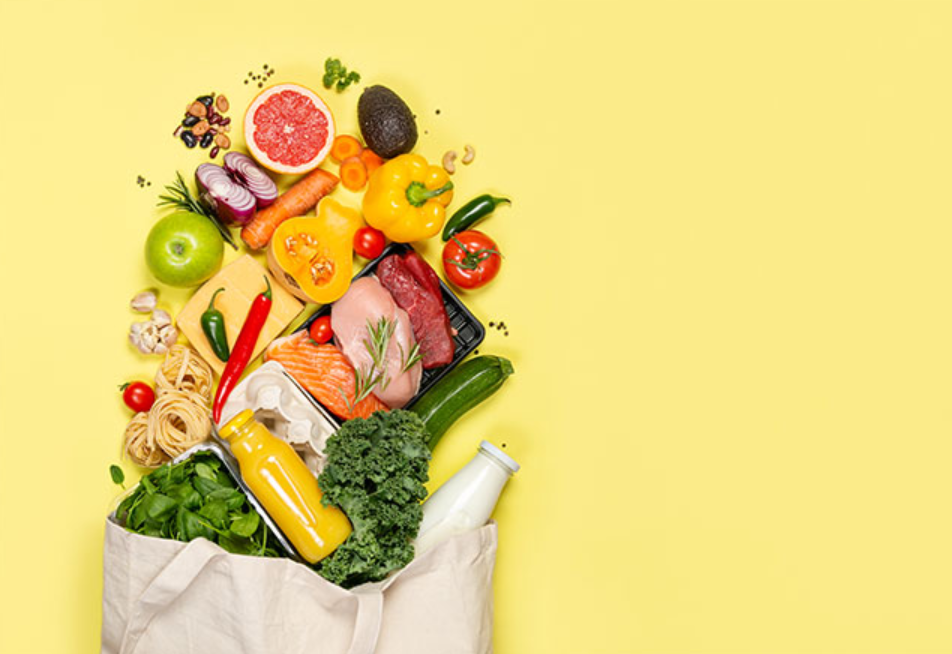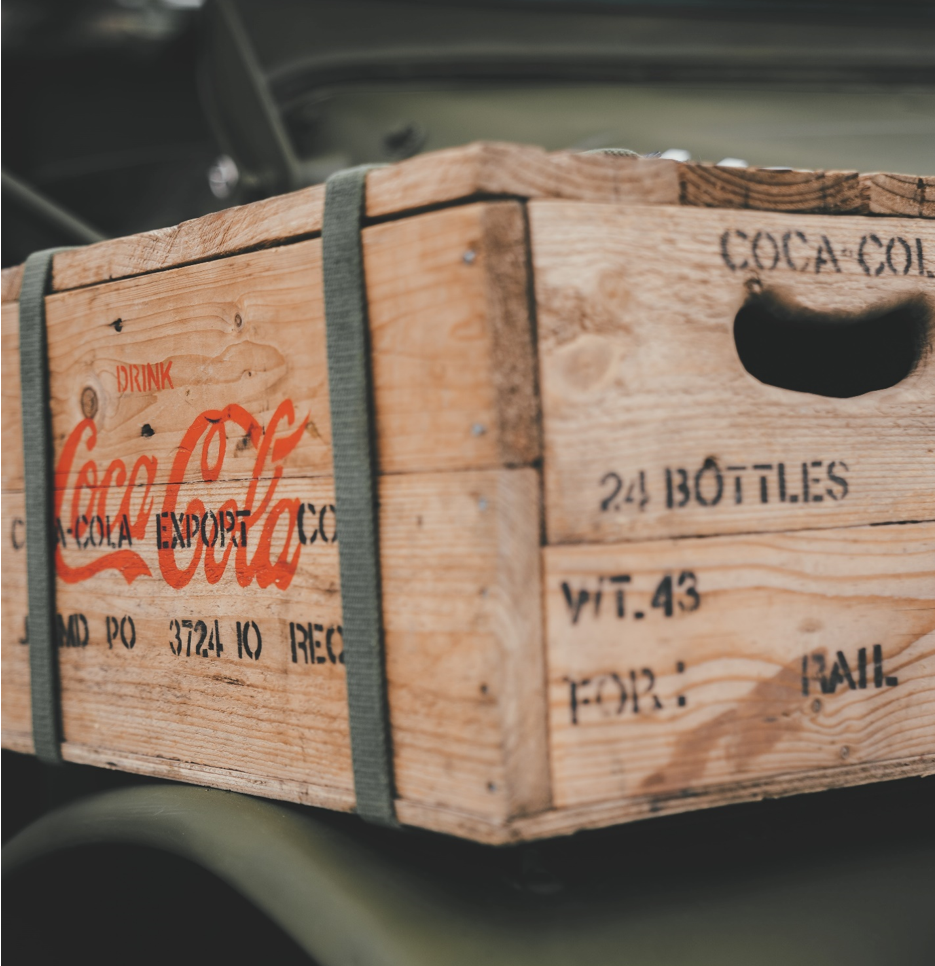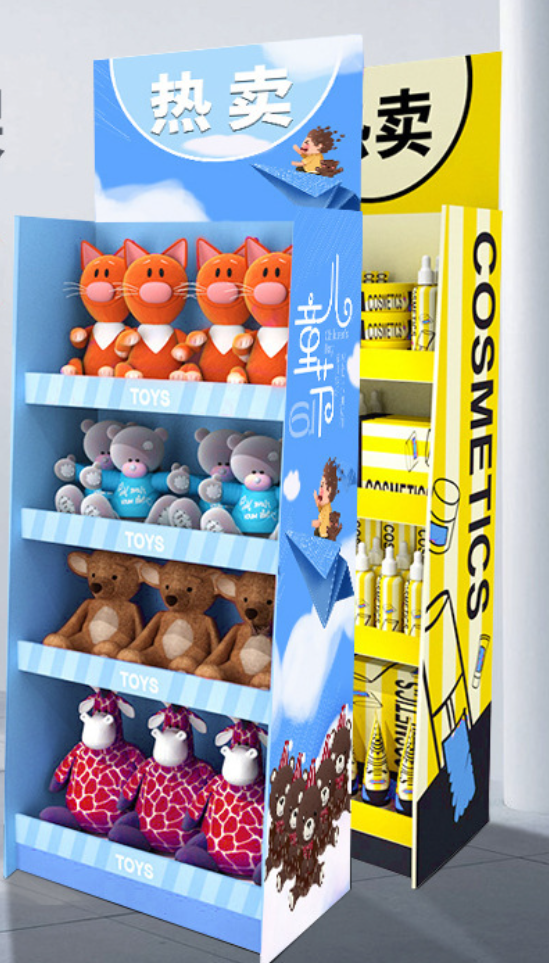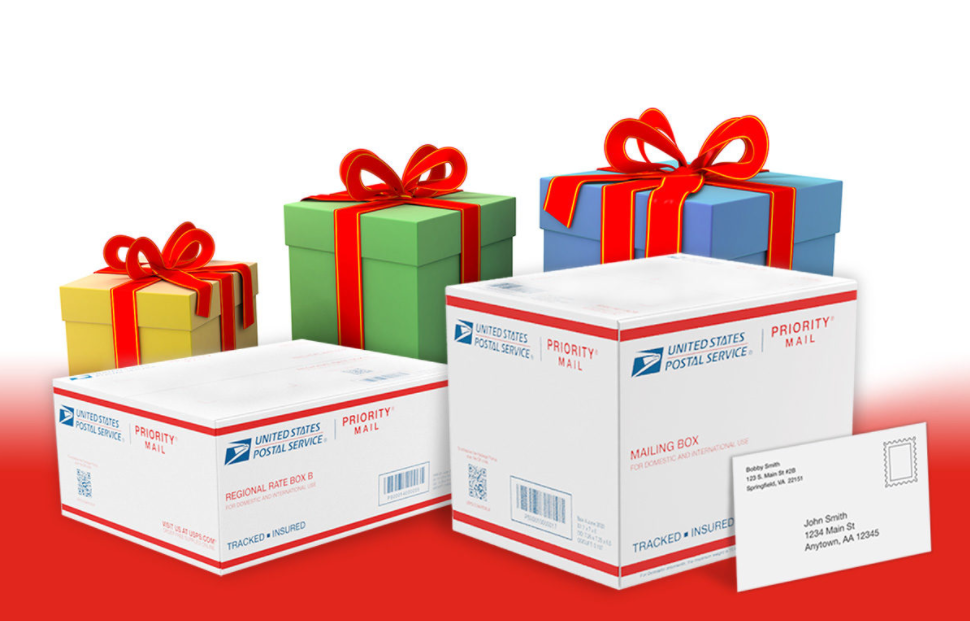
Tertiary packaging is the most unpopular layer for the public, but everyone in the business industry knows how important it actually is. It has a crucial role in the process of transportation, even if its appearance is usually not the best, since it is not that relevant.
As a business owner, you need to understand what your options are. This is why today I decided to provide you the latest information about tertiary packaging. You will encounter several examples that can inspire you. Now, let’s get straight to the point…
What is tertiary packaging?

Tertiary packaging is the external layer of packaging, used in general for transportation between 2 warehouses (from manufacturer to selling point). Its purpose is to protect the product itself, but also the other 2 layers of packaging. Some examples could be wooden crates, corrugated boxes, metal containers or even a combination between wooden pallets and shrink wrap.
However, because of the large variety of products and primary/secondary packaging solutions, there are many things to consider when choosing the third layer. It needs to be perfectly adapted to the needs and properties of its contents. Keep reading and you will find out exactly what you need!
What are the functions of tertiary packaging?

The most external layer of packaging has one basic function: to protect. Because it is the one that interacts the most with the external environment, it has to be very resistant to shocks. Its job is to protect not only the products, and also the other 2 layers of packaging that are less oriented to protection, but to marketing and organization.
Usually, manufacturers use hard materials like wood or metal for tertiary packaging. This way, protection can be guaranteed.
What are some examples of tertiary packaging?
Because of its unique role, regardless of the industry, tertiary packaging doesn’t have as many different shapes and colors as the other 2 layers. Thus, you have some options to choose from!
1. Wooden crates

Wooden crates are one of our clients’ favorites! By carefully choosing the type of wood they use and the way it is treated, manufacturers will offer you protection against any mechanical, biological and chemical stress that can occur. On top of that, if the wood comes from sustainable forests, they become an eco-friendly solution!
They also resist very well to environments with high humidity. During transportation and even while being stored, tertiary packaging needs to be moisture resistant. Wood does a pretty good job here! Even though it is not 100% impenetrable, they don’t get damaged that easily if coming in contact with water.
They are also very easy to stack, one on top of another, because of their shape. This will be a huge advantage especially if you struggle with space management.
Products with a medium to lower weight are suitable to be transported with wooden crates. If those products are too heavy, the crates could be damaged.
Another important characteristic is about security. Many manufacturers offer you the possibility to attach locks to your wooden crates, for increased security. This way, you minimize the chances of getting robbed.
2. Display
Maybe you will say display is secondary packaging if you read all of our blog, yes, right. Display belongs to secondary packaging sometimes when it displays some products with single product or packages with dozen products into it. Such as, chewing gum, toys, electronics and so on.

And it belongs to tertiary packaging when display some products who have primary packaging and secondary packaging. Such as, 30pcs candies, durex packaging, medicine packaging and so on.

3. Wood pallets
Pallets can be made out of metal, chipboard and plastic too, but wood is the standard material for this type of packaging. They are an important part of the logistical process, because many products are quickly transported thanks to them.
Most of the times, pallets are custom made, based on the requirements of the client and the characteristics of the product. Because of their shape, they are moved in the warehouse using special machines. The most popular one is the forklift, but there is also a special type of manual cart.

A company can choose between disposable and reusable pallets. If they choose to work with reusable ones, they can choose whether they want to manage its own pallets, in a closed system, or work in a community of multiple businesses that share the pallets, in an open system. These communities are usually managed by specialized companies.
If environmentally friendly packaging is important to you, there is no need to worry! Wood pallets are 100% recyclable. Other than that, you can choose paper pallets, a new innovation in the market that can be recycled too!
The disadvantage of pallets, especially wooden and paper ones, is their low resistance to humidity and temperature. This means using them in warm and humid regions, like the Southern Asian countries may not be a good idea. Also, many experts mention storing pallets inside only, because otherwise the wood can encourage growth of bacteria.
4. Mailing box or bag
Nowadays, people like buying online. So mailing box are more and more popular as tertiary packaging when shipping or moving.
Mailing box have big range from envelop, corrugated box, plastic bag, rigid box, Styrofoam carton and so on. Imagine which kind of mailing box or bag you familiar with?

Conclusion
Even though tertiary packaging is not that visible to the end customer, it still plays a very important role in the process as a whole. If you own a business, it is your responsibility to ensure the client that he will receive the product undamaged, in perfect shape. This will definitely increase customer retention.
Most of the time, entrepreneurs find it difficult to build and explain to the manufacturer how the ideal packaging solution looks for them. That’s why you need to search for a factory that is willing to guide you through the entire process, which can also be a challenge.
But don’t forget you can always reach to a packaging broker that will understand your needs and take care of building the solution!
